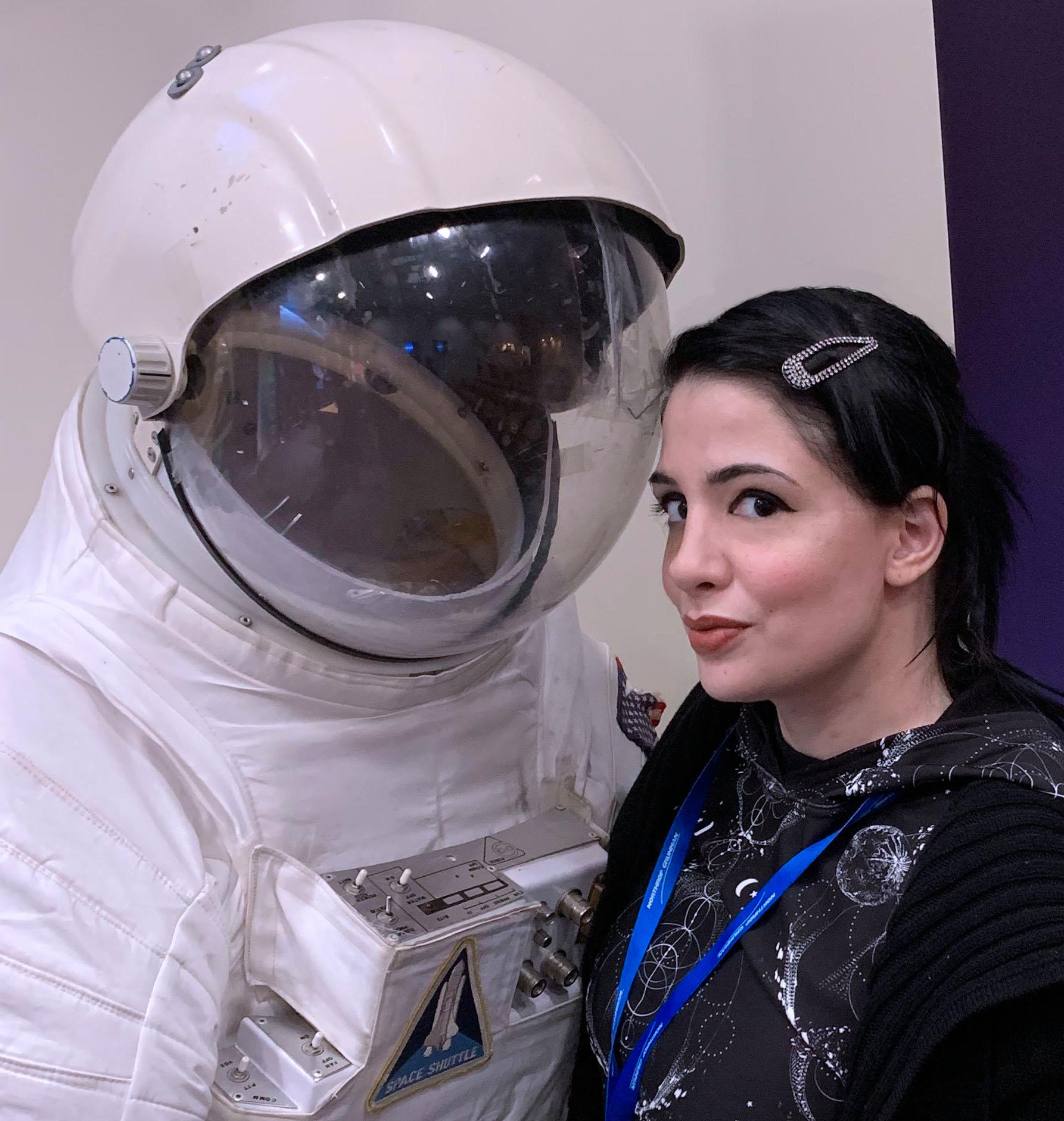Milky Way's 'poor old heart' could reveal how our galaxy formed
Using Gaia survey data, scientists found the oldest stars in the Milky Way.

Astronomers have found the "poor old heart of the Milky Way" — faint stars that were around when our galaxy was young — lurking deep in the galaxy's core.
In a new study, astronomers at the Max Planck Institute in Germany compared the most recent data from the European Space Agency's Gaia mission with data from the LAMOST spectral survey and the APOGEE survey (part of the Sloan Digital Sky Survey), both of which also observe starlight in the Milky Way. Hidden in the survey data were glimpses of the oldest stars in the Milky Way's heart.
"Understanding the formation history of our own galaxy, especially its earliest phases, has been a central goal of galactic archeology for decades," the researchers wrote in the study, which was published in December 2022 in The Astrophysical Journal.
Related: Mysterious 'ancient heart' of the Milky Way discovered using Gaia probe
The metallicity of a star can give away its age. Stars fuse hydrogen into helium through a process known as nuclear fusion. Metallicity refers to the amounts of metals, or elements heavier than helium, in the atmosphere of that star. When stars die, especially massive stars whose lives end in supernovas, these metals are released and incorporated into clouds of interstellar gas, mostly hydrogen, that will form the more-metal-rich successors of those dead stars. This is why older stars have lower metallicity than newer stars, according to a statement about the research.
The astronomers were looking for the most metal-poor stars in the Milky Way. Gaia, LAMOST and APOGEE give a better understanding of the stars in our galaxy and what they are made of by observing the light they emit and determining their chemical compositions. To find the oldest stars, the team trained an artificial intelligence (AI) program to recognize data from starlight Gaia observed — specifically, data for stars whose metallicity had previously been determined by APOGEE.
Once the AI was accurate enough, it analyzed data for 2 million red giant stars in the Milky Way. Why red giants? Their brightness and metallicities stood out, and in the background were the stars the team was looking for: the "(metal) poor old heart" in the galactic center.
Breaking space news, the latest updates on rocket launches, skywatching events and more!
These ancient stars could eventually tell us how the Milky Way formed. They contain plenty of neon, oxygen and silicon because particles of the helium isotope He-4, also known as alpha particles, were added to the nuclei of atoms within them to form these elements. Stars that show evidence of this process, called alpha enhancement, are thought to have been part of the original core of the Milky Way; any that deviate from this process might have come from smaller galaxies that merged into the galaxy.
How many galaxies coalesced to form the Milky Way? While that remains a mystery, the poor old heart knows.
Follow us on Twitter @Spacedotcom or on Facebook.

